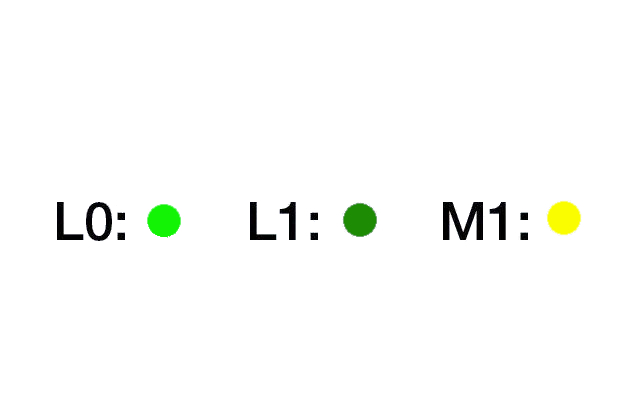|
Electromigration

Especially at high humidity, an electrolysis reaction may take place on the surface of soldering flux residues left behind on solder joints of a circuit board, triggered by the DC current flowing in operating devices. In this case, as shown in Figure 1, water containing chlorine ions and fluorine ions is lodged between two connection wires and acts as an electrolyte, resulting in a slight flow of current between the two leads. For example, if silver-coated wires are used in soldering without subsequent purification, a part of the flux residue is dissolved in the ambient moisture and forms ions. The reaction Ag ∀ Ag + + e takes place at the anode, copper dissolves and migrates through the electrolyte to the cathode where it loses its charge and precipitates as metallic copper. From there, the copper starts to grow in a tree-like crystal structure (dendrite) until it forms a conductive connection between the terminals and causes a short circuit , impairing the functionality of the PCB.
DC currents generally lead to electromigration on the silver electrodes; however, these may also occur in tin solders. A and B microscopic images show the migration of tin for example on a glass fiber-epoxy wiring board with comb- shaped conductor tracks and conductor spacing of 0.4 mm that was coated with flux, soldered at 250 °C using wave soldering procedures, and then it was subjected to a DC voltage of 100V at 60 °C and 95 % relative humidity for 96 hours. Electromigration has three different stages (see Figure 2): I - initial stage, II - actual migration , III - slowed migration.

It turns out that although migration decelerates in stage III, it does not quite come to a halt. Electromigration can be prevented as follows:
(1) by using non-polar polystyrene or polyethylene as base material instead of polar phenolic resins; (2) by the removal of moisture-absorbent flux residues through adequate cleaning; (3) by coating the gaps between lead wires with solder resist. The pores in the resist, even if they are tiny, accelerate electromigration and should therefore be eliminated; (4) by using cored solder with flux ing agents that do not form hygroscopic residues, such as no-clean RMA type flux.
|



